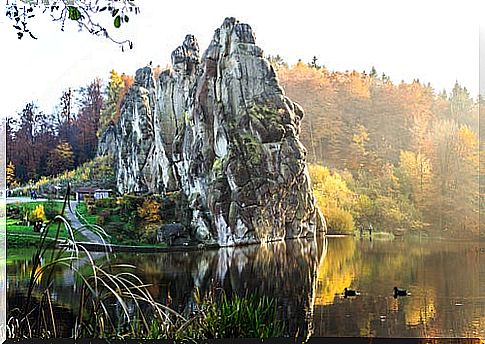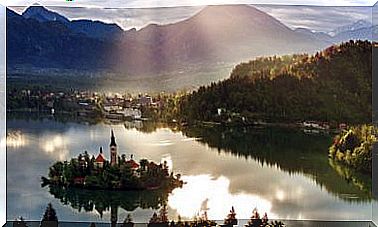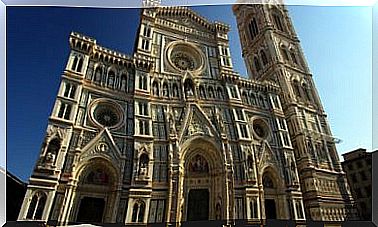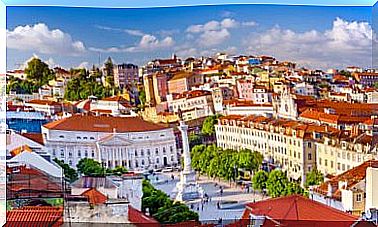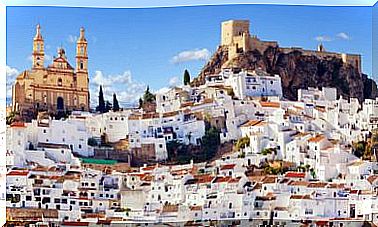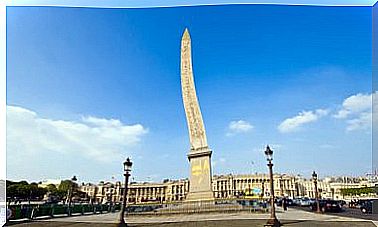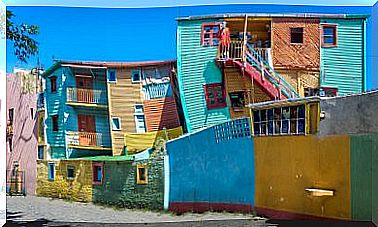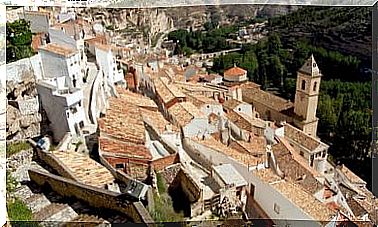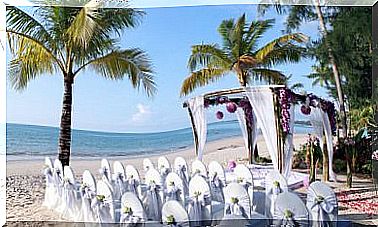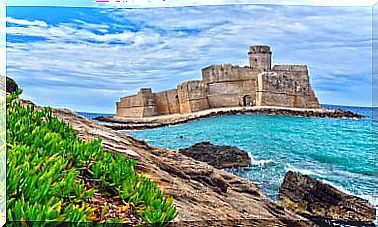Dresden, Or The Florence Of The Elbe, In Eastern Germany
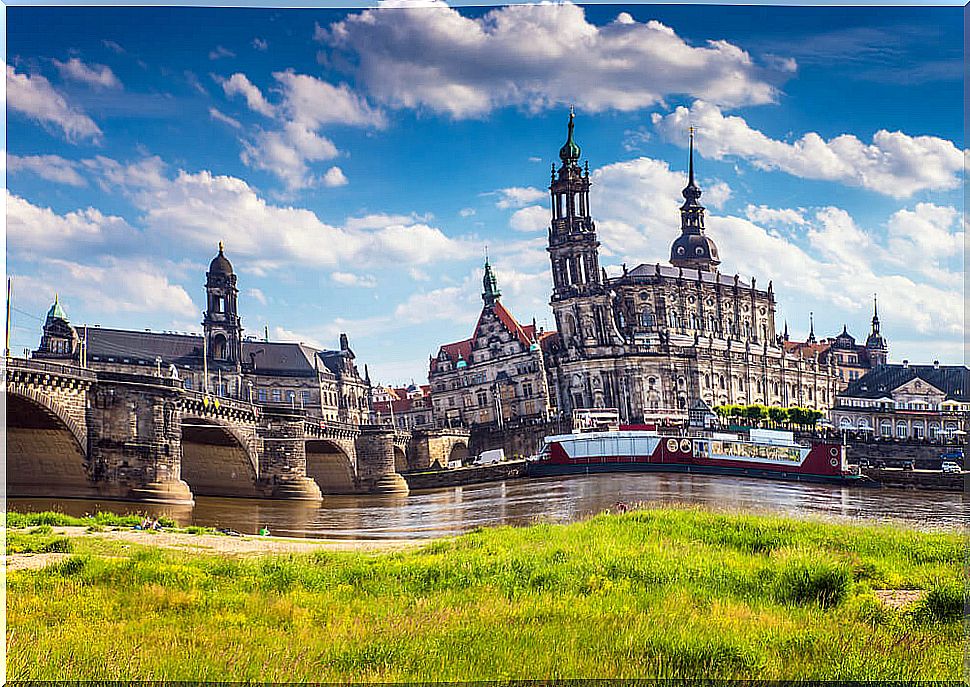
Eastern Germany spent much of the 20th century hidden behind the Iron Curtain. However, after the reunification of the country, first the gray tone of those years was removed and then it was made known to the world. Thus, true wonders arose in the eyes of Westerners. For example, the city of Dresden, known by the nickname “Florence on the Elbe”.
Saxony, eastern Germany
Dresden is the capital of the state of Saxony, one of the most important today in the eastern part of the country. But its importance goes back a long way, since it is an area in eastern Germany with a long history and with periods of true splendor, since it was even a royal and imperial headquarters.
Dresden, on the banks of the Elbe
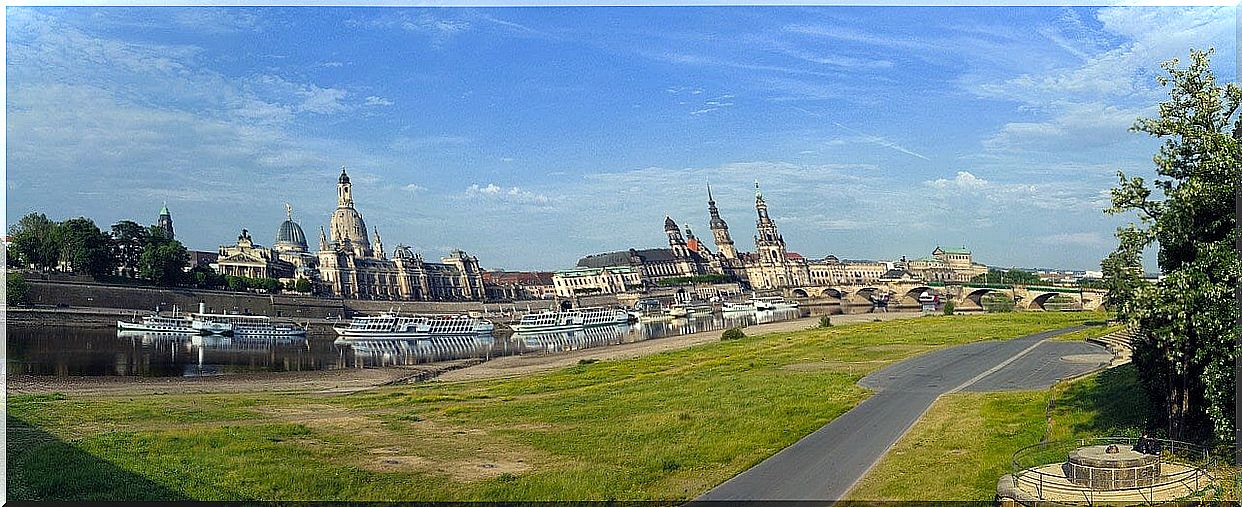
This relevant past has left important monuments in the city, and strolling through its streets is a delight for art lovers. Hence it is known as Florence of the Elbe, since that is the name of the river that bathes the city and much of eastern Germany.
However, unlike Italian Florence, in this case Renaissance art does not predominate, but Baroque forms. The reason is that in the seventeenth century Dresden suffered a devastating fire, and after it almost the entire nucleus had to reinvent itself. But he did that with exquisite taste, following the baroque fashion of the time.
But there was still a catastrophe to suffer for this place in eastern Germany. The bombings of the Second World War were missing. An event that left thousands of deaths and almost destroyed its historic center. However, it was decided to rebuild as it was. A long process that continues today!
Today we are happy to visit this marvel in which places like the ones we present below await us:
The Frauenkirche
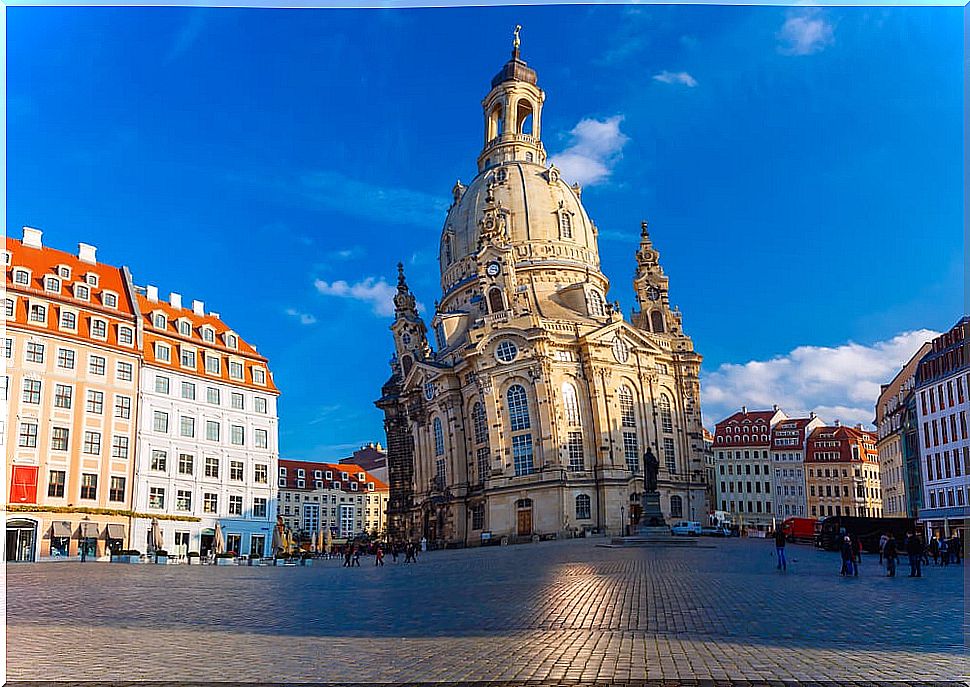
The great symbol of the reconstruction of Dresden, and we could almost say that of many other places in eastern Germany, is the Frauenkirche church. A baroque church in Neumarkt square whose works finished in 2005.
You cannot miss it, because its dome is worthy of admiration. Besides that you can go up to its highest part to have a complete panoramic view of the city.
The Royal Palace in Dresden
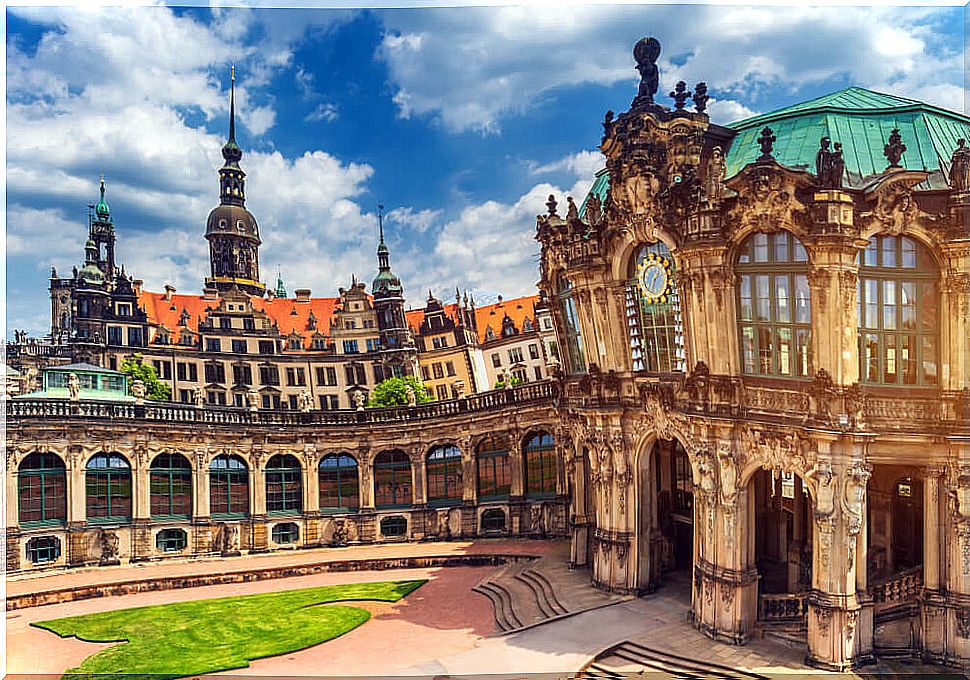
Also the Royal Palace of Dresden was destroyed by the bombs of the allies in 1945. And of course it was also looted. However, today the palace is rebuilt and the treasures inside have for the most part been returned. Something really extraordinary in many ways.
The Fürstenzug or Parade of Princes
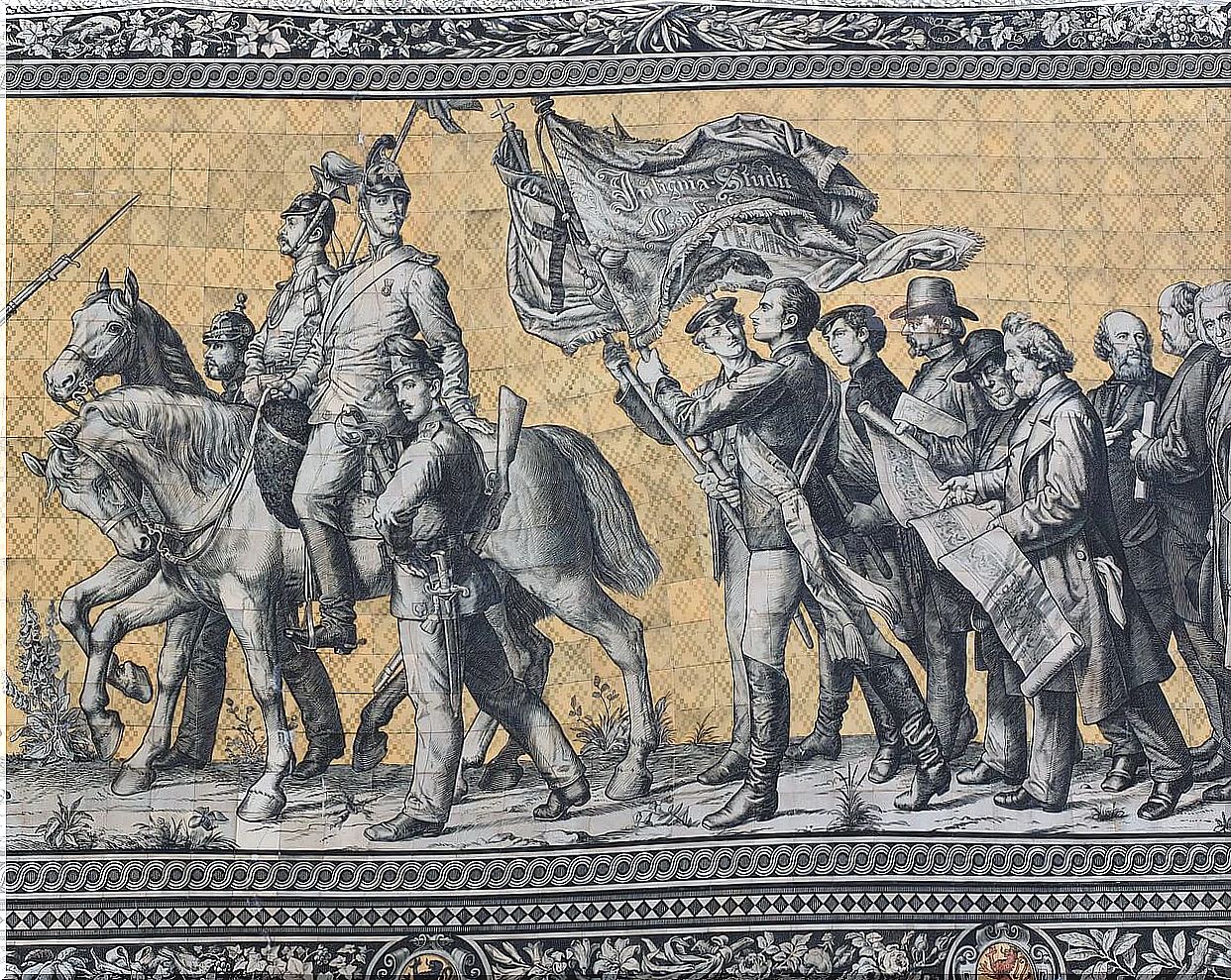
Next to the Royal Palace, one of the most unique works in the country is kept. It is the exterior mural of the Parade of Princes , the largest porcelain mural in the world.
A work that is made with more than 24,000 tiles. In it we can give a review of all the princes (or rulers) of Saxony. A journey that goes from the 12th century to 1904.
The Saxon State Opera
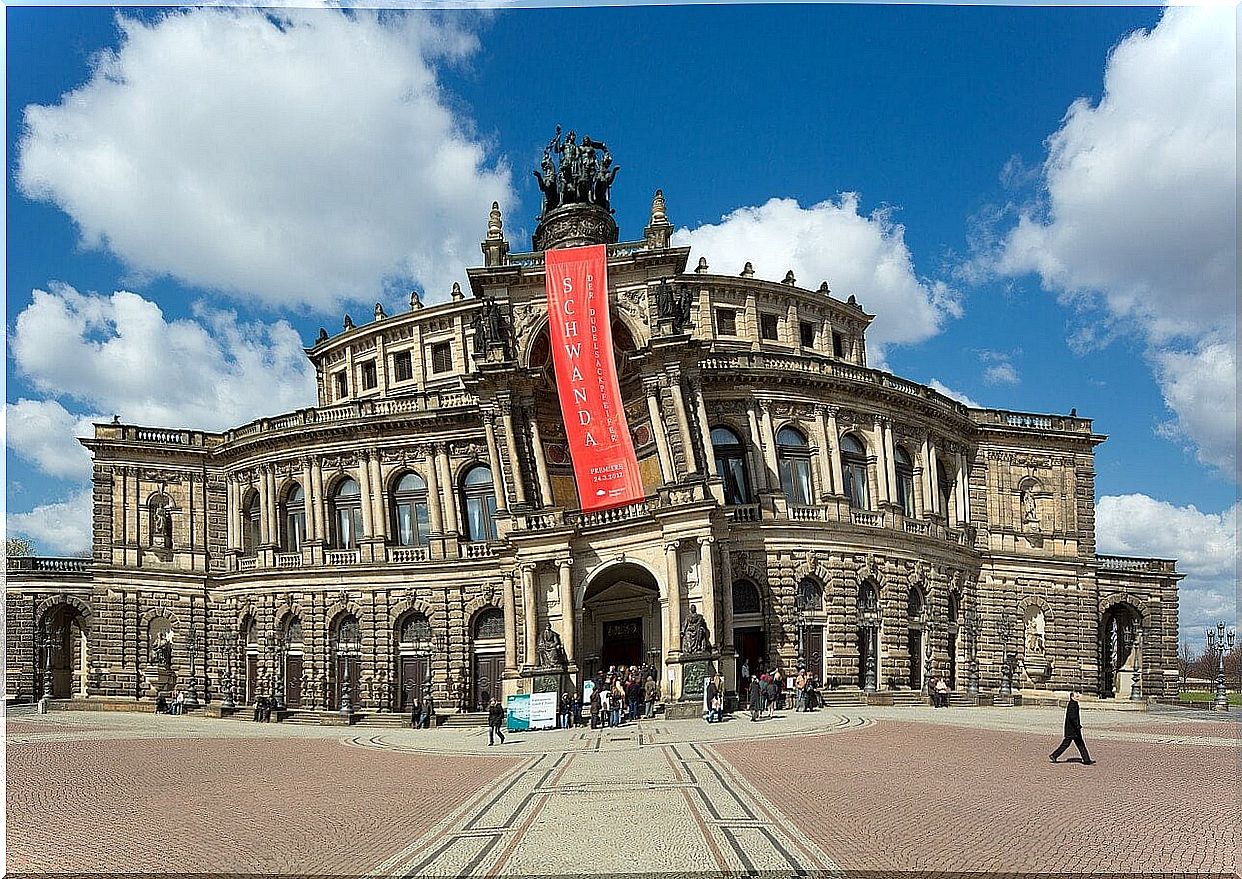
In eastern Germany, as in general throughout the country, the love of opera is almost a religion. For this reason, the great concert halls are a kind of great temples for the population. This is the case with the Dresden Semperoper, that is, the Saxon State Opera. Works by musicians such as Strauss or Wagner were premiered here.
The Dresden Museum of Modern Art
Another interesting visit is the Albertinum or Museum of Modern Art. An exceptional case, since we can compare the evolution of art during the 19th and 20th centuries in eastern Germany, and also in western regions. As if that were not enough, the museum has a spectacular terrace on the Elbe river.
More visits in Dresden
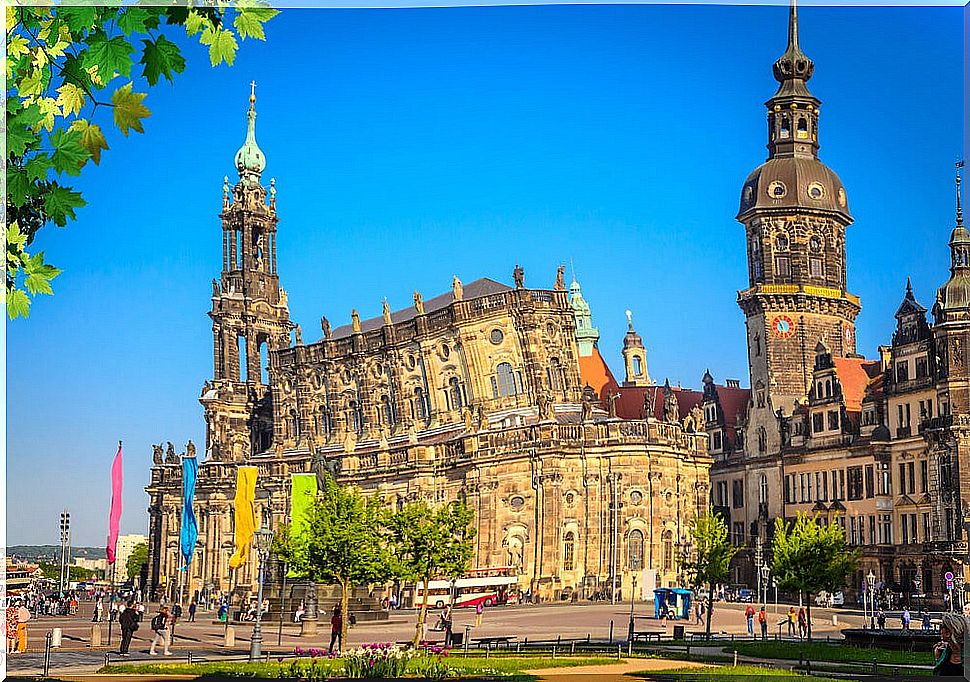
To finish confirming that Dresden is the Florence of the Elbe and one of the most beautiful cities in eastern Germany, we will mention several places that you can also visit. For example, you must admire its Catholic Cathedral of the Holy Trinity (Katholische Hofkirche) which rivals the Protestant Frauenkirche.
Also not to be missed is the Zwinger Palace, as well as other palaces and villas on the banks of the Elbe. Not to mention the Great Dresden Garden or the oldest funicular in Europe.
And if you still want to make the most of your visit, take a cruise down the Elbe to the Pillnitz Palace. It is five hours of navigation through one of the most beautiful routes in all of eastern Germany.
